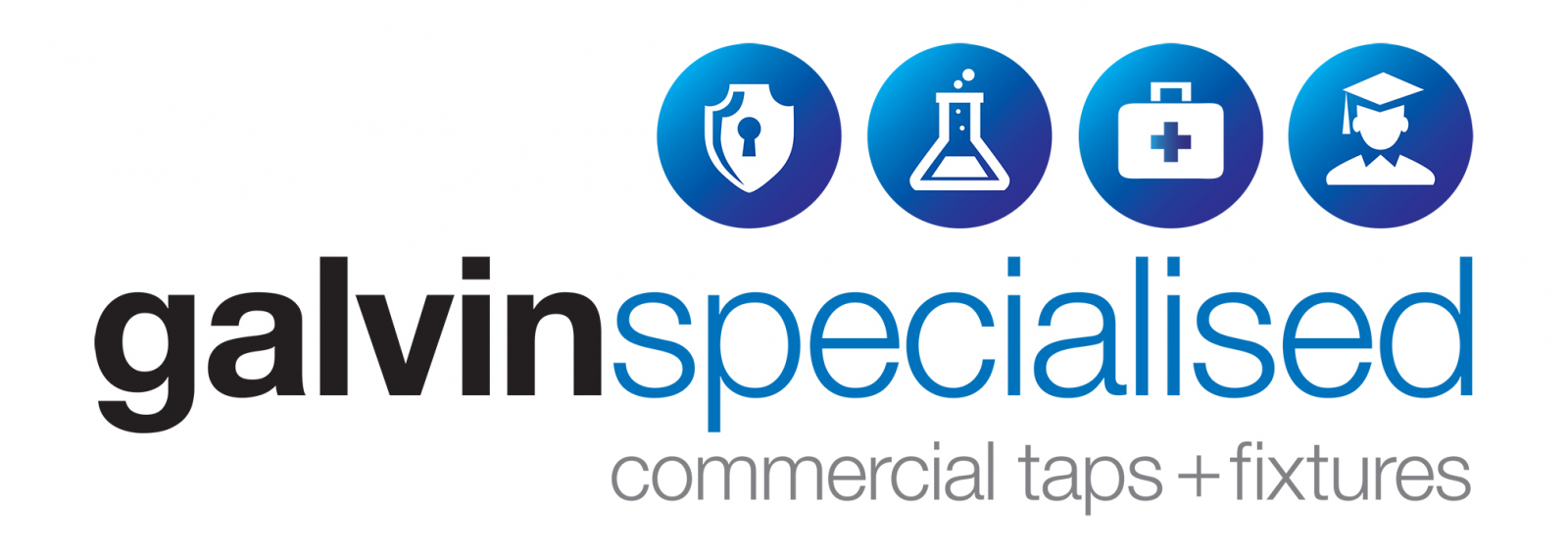Luminance contrast is the difference in light reflection between surfaces. It helps users with low vision or cognitive impairments identify fixtures and navigate safely.
.jpg)
.jpg)
Designing accessible bathrooms goes beyond meeting code compliance, it’s about creating safe, inclusive, and usable spaces for everyone. One important aspect of accessibility is luminance contrast, a design principle that ensures people with different visual, cognitive, or sensory needs can confidently navigate and use a facility.
What is Luminance Contrast?
Luminance contrast refers to the difference in light reflected from one surface compared to another. It is not about colour alone, rather the amount of light each surface reflects, measured using the Luminance Reflectance Value (LRV) scale.
- 0% LRV = perfect light absorption (absolute black)
- 100% LRV = perfect light reflection (absolute white)
.jpg)
By comparing the LRVs of two adjacent surfaces, designers can calculate the contrast. According to AS 1428.1: Design for Access and Mobility, a minimum 30% contrast is required between key elements to achieve compliance.
Luminance Reflectance Value (LRV) is measured by assessing the percentage of visible light a surface reflects under standard lighting conditions. This is typically done using specialised instruments, such as a spectrophotometer, which captures how much light is absorbed versus reflected.
Why Luminance Contrast Is Essential
When applied thoughtfully in bathroom design, effective luminance contrast enhances the overall user experience by making spaces safer, easier to navigate, and more inclusive. Key advantages include:
- Greater usability - enables people with vision impairments to identify fixtures, fittings, and key bathroom features more easily.
- Improved safety - reduces the likelihood of slips, trips, or missteps by making edges and surfaces more distinguishable.
- Easier navigation - helps users quickly locate and identify taps, flush buttons, grab rails, dispensers, and other essential controls.
- Better legibility - ensures signage, instructions, and indicators are clear and easy to read.
Who Benefits from Luminance Contrast?
Luminance contrast improves bathroom accessibility for a wide range of people. For those with low vision or blindness, differences in light reflection can often be more useful than colour alone. People who are colour blind may struggle to distinguish between hues, but they can still identify variations in luminance.
Individuals living with dementia or cognitive impairments benefit from clear visual cues that help reduce confusion, while people with sensory or neurological sensitivities, such as vertigo, disorientation, or seizure disorders, rely on distinct contrasts to stabilise their spatial awareness. Even deaf or hard of hearing individuals benefit, as they depend more heavily on visual information and cues to navigate safely and confidently.
Where Luminance Contrast is Required
The Building Code of Australia and AS 1428.1 mandate luminance contrast in specific building elements to support safe, accessible design. In bathrooms and public spaces, this includes:
- Doorways ensuring entry and exit points are easily identifiable
- Toilet seats contrasting with the pan and surrounding floor for ease of location
- Handrails and grab rails clearly visible against walls
- Controls and buttons such as flush buttons, taps and dispensers
- Signage and wayfinding markers with sufficient contrast for legibility
More Than Just Colour
It’s a common misconception that colour contrast alone is enough. In fact, true contrast depends on luminance, the amount of light a surface reflects, which can vary widely with different materials and finishes. For example, a glossy dark surface might reflect more light than a matte light one, and two surfaces of different colours can appear almost identical if their Light Reflectance Values (LRVs) are similar.
That’s why LRV calculations are regarded as the most reliable way to determine contrast. They provide an objective measure of visibility that moves beyond subjective perceptions of colour.
When luminance contrast is prioritised in accessible bathroom design, the result is an environment that’s safer, easier to navigate, and more inclusive. Beyond meeting compliance standards, it’s about fostering dignity and independence, allowing every user to move through the space with confidence and comfort.
Explore Galvin's High Contrast Range
Frequently Asked Questions
AS 1428.1 requires a minimum 30% luminance contrast between key bathroom elements like toilet seats, grab rails, and controls to ensure accessibility.
It improves visibility, safety, and independence for people with low vision, colour blindness, dementia, or sensory sensitivities.
Use Luminance Reflectance Values (LRV) to compare surfaces. A difference of 30% or more between adjacent elements meets compliance standards.




